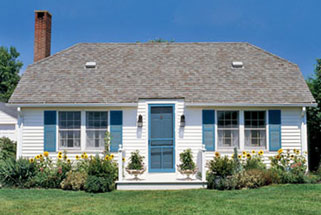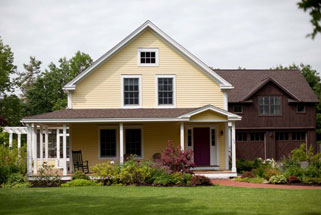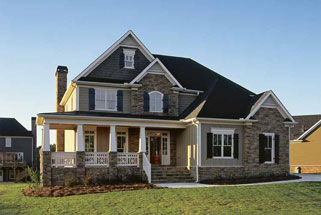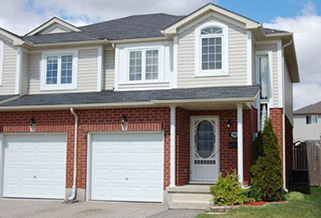For approximately a decade, the Douglas Residential Cost Guide has been a reliable resource for calculating the replacement cost for high-value homes / dwellings. The hard copy version and online guide have emerged as the go-to estimating resource for homeowners, government agencies, and insurance professionals, among others.
The value of utilizing a guide that is recognized by industry professionals and key stakeholders alike cannot be understated. This is particularly true in terms of accurately estimating the replacement cost for high-value residences. If you own a high-value residence or work in the real estate, construction, or insurance field, the Douglas Residential Cost Guide delivers accurate results in helping to determine the rebuild cost of a high-value home. When using the Douglas Residential Cost Guide, you can generate replacement cost estimates based on the following features:
- Square footage (from 2,000 to over 7,500)
- Siding, brick veneer, and stone veneer
- Roof Covering
- Full basement (no finishes, full finishes or partial finishes)
- Bathrooms
- In-floor heating
Note: Bathrooms, kitchens, built-in appliance and other features can be calculated separately.
What is a High-Value Home?
A High-value home is generally considered a residence that exceeds $1 million in value. When it comes to home insurance, a standard policy may not be enough to protect your property as high value homes are typically more complex structures compared to traditional homes.
Homeowners Can Estimate Replacement Cost for High-Value Homes
Many homeowners are surprised to discover their property has appreciated over the years and their residence has now entered this category. Unfortunately, that good financial news is accompanied by the reality that you may need additional and unique home insurance coverage specific to your high-value home. Calculating replacement costs at this point can be challenging.
It’s not uncommon for high-value homeowners to be underinsured because they opt for standard insurance policies; however, expensive homes are often distinguished by high-quality materials, unique designs, and specialized woodwork, among other characteristics. The Douglas Residential Cost Guide can take you through the process of arriving at a realistic replacement cost in the event of a total loss so that you can secure a home insurance policy that meets your needs.
Professionals Can Estimate Replacement Cost of a High-Value Home
Insurance and other professionals also require accurate estimates to conduct business and earn a profit. In terms of insurance estimates, being able to account for the unique elements of a high-value home has considerable professional value. On the other hand, underestimating a home’s value means you are earning less on the policy.
Although getting full, fair value is essential, the client may be underinsured in the event of a total loss. Everyone will rest easier knowing that their property enjoys reliable replacement coverage. That’s what the Douglas Residential Cost guide offers.
The Douglas Residential Cost Guide Delivers Results You Can Trust
Evaluating the replacement cost new and actual cash value for high-value residences can be more complicated than traditional homes. The specialized designs and high-end material do not necessarily lend themselves to a basic square-footage calculation. Being able to articulate these fine details in a single, industry-standard estimation resource puts everyone on the same page. The Douglas Residential Cost Guide delivers accurate results that key stakeholders can trust.
Additionally, the Douglas Residential Cost Guide does not have a high-end limit in place on their valuations – meaning that whatever home size or new value may be, the Douglas Residential Cost Guide can accurately calculate the estimated replacement cost.






